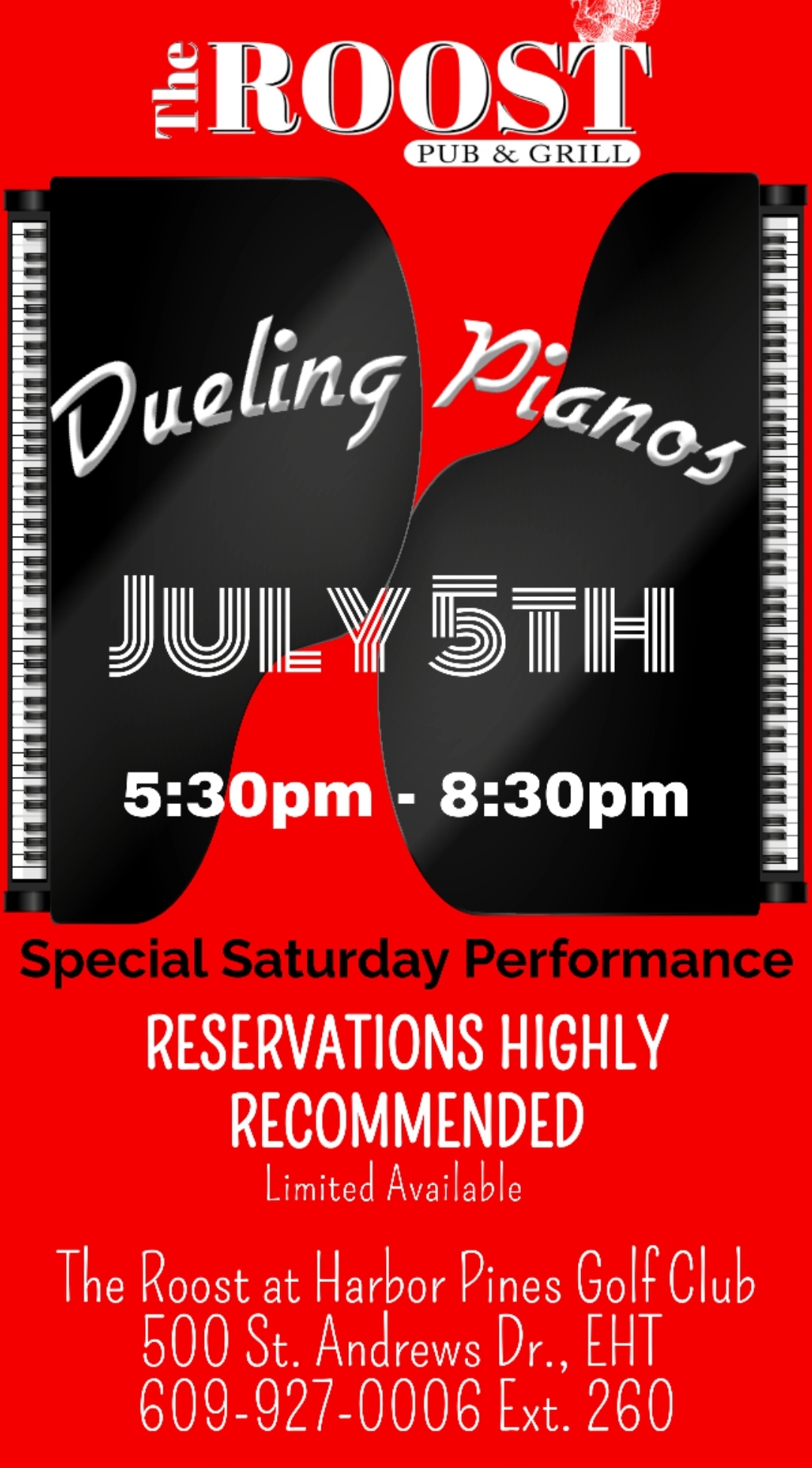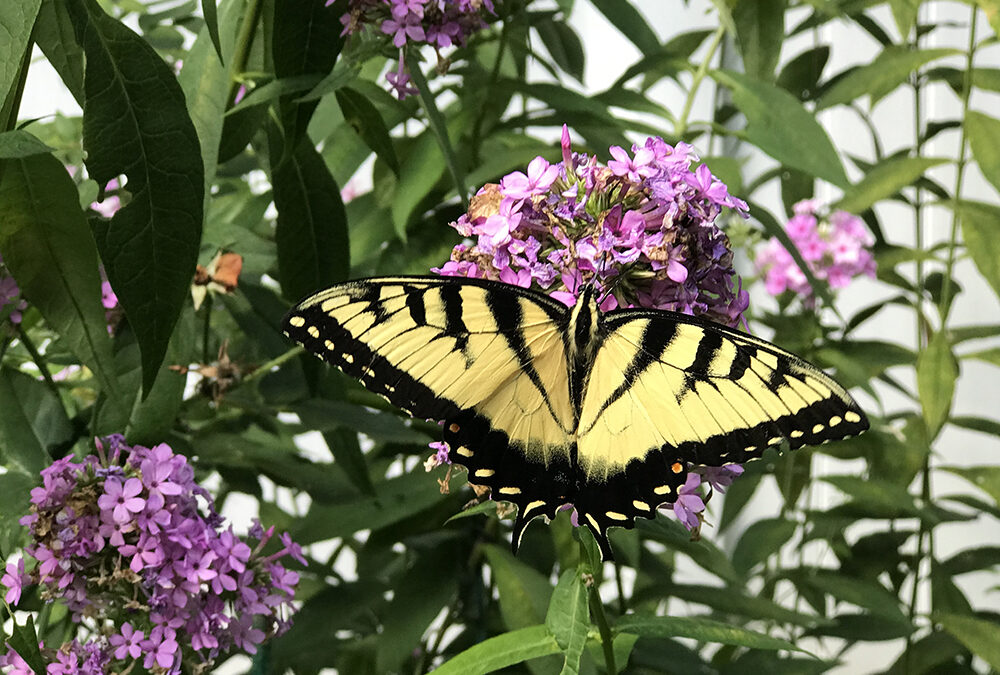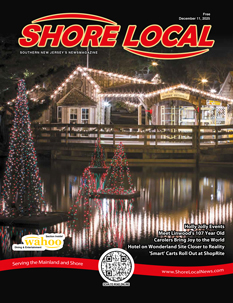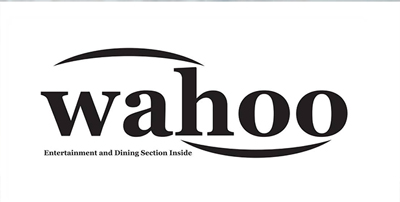Happy Pollinator Week! Perhaps you missed the memo, but the international celebration of pollinators occurs for one week every year in June. This year, the special week lasts from June 16-22, with the theme “Pollinators Weave Connections” to emphasize the interconnectedness of pollinators, plants, and people. Fortunately, you can celebrate the entire month of June. And what better timing, as we lunge into summer, and all of our flowers are bursting open to welcome pollinators?
So, how can we attract useful pollinators to our own gardens? First of all, consider adding native plants to your garden. You want to attract the South Jersey “locals” of the pollinator world, so you will want the majority of the plants in your garden to be the native plants that your winged friends are seeking.
Some New Jersey natives that are perfect nectar sources for bees, butterflies, or hummingbirds are blazing star (Liatris), phlox, Joe Pye weed, hyssop (Agastache), and tickseed (Coreopsis). One of my favorite pollinator plants is bee balm (Monarda), which is a hummingbird magnet. These red, purple, or pink flowers look like the burst of fireworks and almost always have a hummingbird hovering near them once they bloom.
In addition to nectar sources, you should consider planting host plants for the caterpillars of native butterflies and moths. Violets, our state flower, are a host plant for the caterpillars of fritillaries, and penstemons are a must-have in the pollinator garden. Also known as beard tongues, penstemons attract bees and hummingbirds with their tubular flowers but are also the host plant for the caterpillars of the Baltimore checkerspot butterfly. Of course, we can’t forget about milkweed, an essential host plant for monarch butterflies. You can choose from varieties of milkweed that are native to New Jersey such as common milkweed, swamp milkweed, or butterfly milkweed.
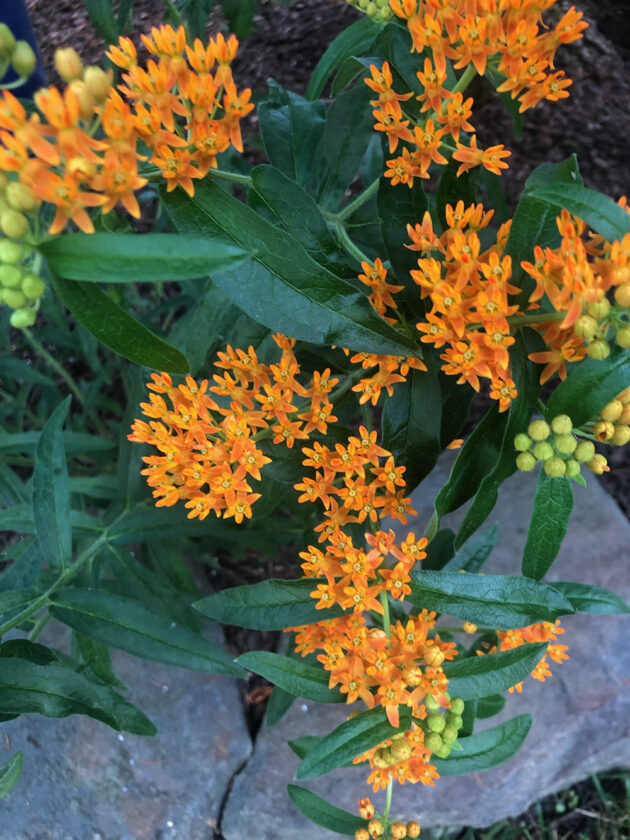
You can also attract pollinators to your garden with trees, shrubs, and grasses to play the role of host. Blueberries, chokeberries, dogwoods, and New Jersey teas will give butterflies a place to lay their eggs. To attract the lovely spicebush swallowtail butterfly, plant the spicebush shrub or a sassafras tree as host plants for their caterpillars. In the early stages, these caterpillars look like bird droppings as a means of protection. But in later stages, they use mimicry to imitate menacing-looking snakes. One glance at these creepy characters will scare off predators — and unsuspecting gardeners! However, if they make their home in your garden, you will be rewarded with a magnificent transformation after they become beautiful butterflies.
Later in the season, goldfinches, our state bird, will enjoy the seeds of verbena (Bonariensis) and the thistle-like seeds of purple coneflower (Echinacea). Coneflowers are easy to grow and, as an added plus, are resistant to deer. As summer flowers fade, you will want to have fall-blooming pollinator plants such as native asters, ironweed, and goldenrod. This will add a burst of fall color to the garden as well as supply migrating pollinators with a late-season source of nectar.
If you would like additional information about attracting pollinators to your South Jersey garden, we would love to hear from you. Send your questions and comments to shorelocalgardener@gmail.com.
Tammy Thornton lives with her husband, children, and crazy pets while enjoying a life of gardening, cooking, and going to the beach.
